Buttered prawns, prawn curry, prawn pasta, pickled prawns in a caesar….the list really goes on. Prawns are super tasty and a relatively easy thing to catch, no digging, no wadding in the water, just a little arm muscle coupled with a trap. Prawning 101 in BC waters is as simple as a few steps:
1. Get a Fishing License
Fishing in BC waters, salt water or fresh water requires a fishing license. Fishing licenses can be easily purchased online and at local shops. Go here to purchase your tidal water fishing license.
2. Buy a Prawn Trap
Head down to your local marine store and pickup a trap and necessary line. If you find one you like, you can always browse Craigslist etc. and pick up a used one.
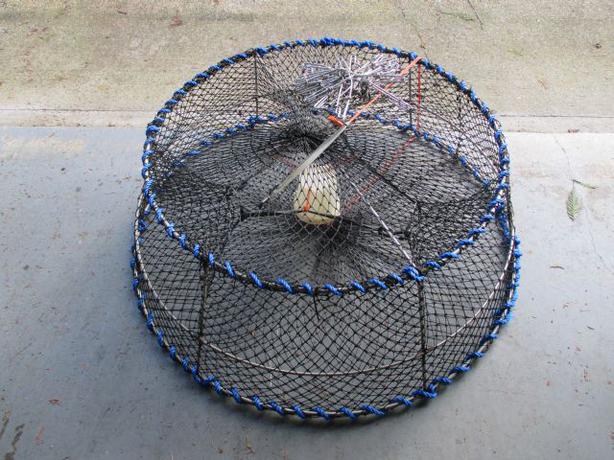
3. Placing a Prawn Trap
Placement of traps and how you catch prawns seems to depend on where you are in the world. In the southern United States it seems that simply wading in the water at night in the right tide will bear prawns; however, that is not the case in BC waters. Spot prawns are caught in deep waters, approximately 130 feet to 328 feet in rocky areas near shore. Find the underwater ledge near shore and you may just have found your dinner.
4. Know the Regulations
An important part of taking food from the ocean is respecting the environment:
- Know when you can catch prawns and what size to keep to respect their lifecycle and future stock.
- Know your catch limit to help support and sustain the health of the stock.
- Know where to catch them for health reasons and for supporting a healthy ocean.
Location Maps – Regulations and Limits
Look at maps of where you want to fish and know the regulations and limits for that area. Go here to check out the current information.
What to Expect and How it Works
Every year Fisheries and Oceans Canada puts together a poster to help educate people on what to expect and how it works for regulations. Here’s a couple posters for their quick find pawning 101 information, and you’ll need to go to the government site every year for their newest information.
Identify you Catch
When first starting out you may not have mastered what everything looks like. It’s important to identify your catch, so when you’re first starting out or need a reminder, go here to check that what you think you’ve caught is actually what you’ve caught.
Seasonal and Area Closures
It’s important to learn both the seasonal closures to help support and sustain a healthy prawn population, and to check for area closures for health reasons. Before you ever go fishing, it’s important that you always check the closures lists, because what may have been open yesterday may not be open today.
5. How to Handle and Clean
Once you’ve caught your tasty spot prawns it’s important to know how to handle and prepare them. Handling and preparing isn’t to complicated, like anything, you just need to know the basics. Here’s two great websites on preparing and handling spot prawns that will help you get your tasty prawns to the table:
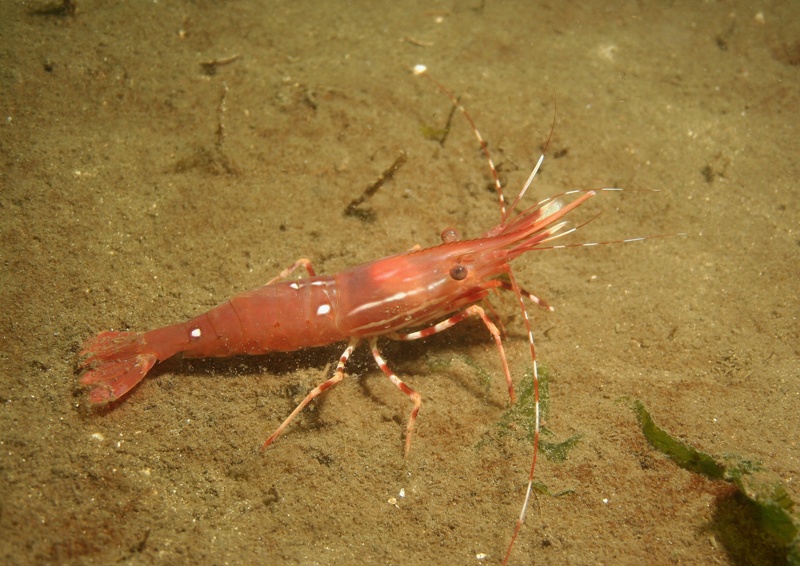
Happy prawning! Always remember to check the Governments of Canada’s website for the current information. Once you’ve mastered how it works there’s countless ways to enjoy prawns, from simple buttered prawns to a prawn curry, have fun and bon appetite!
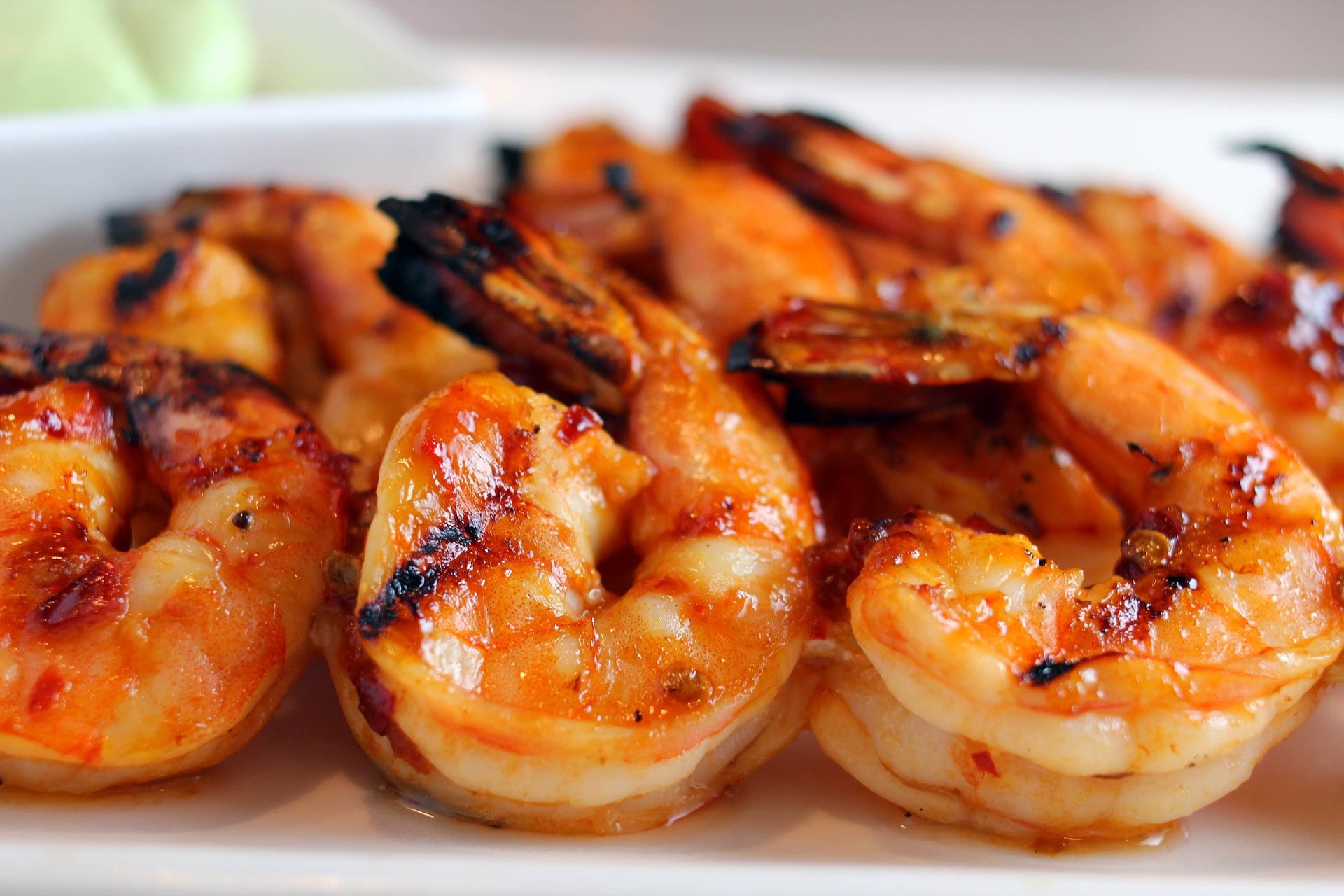
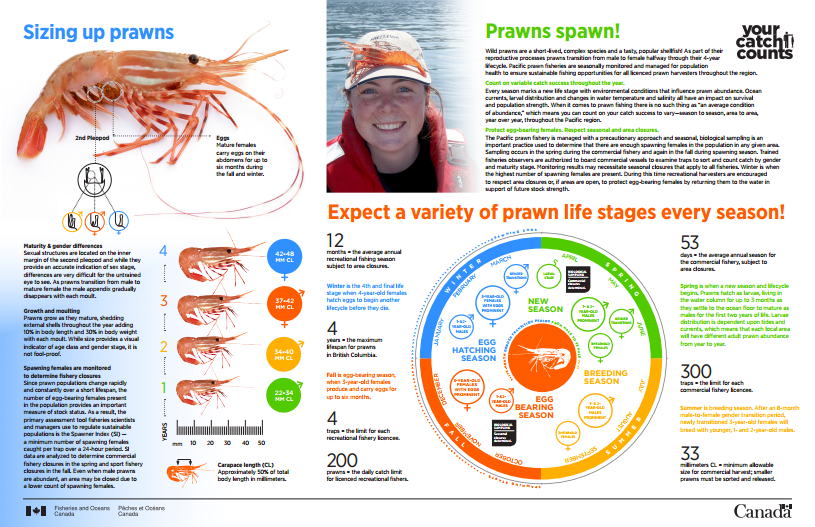
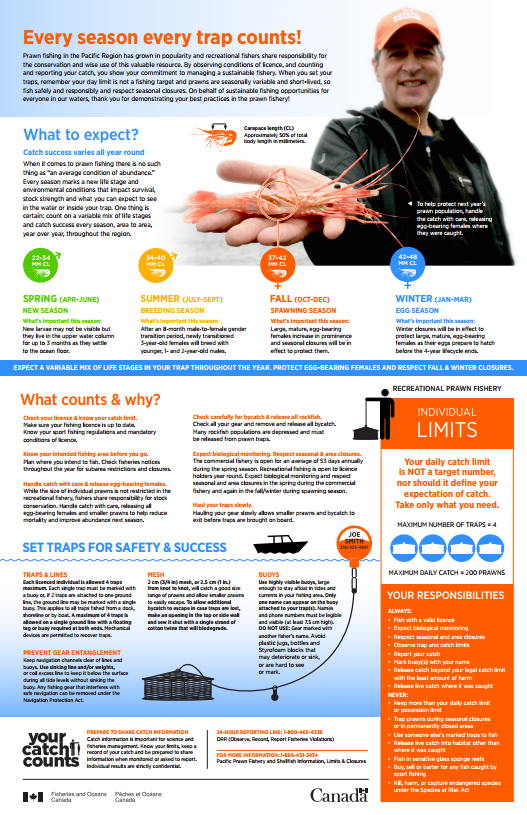
Unfortunately, I don’t live where I can go prawning, but your post made me hungry!
You’ll just have to add it to your bucket list ; )
Very interesting post! I love prawn, it would be an awesome experience to be part of the catching and cooking process!